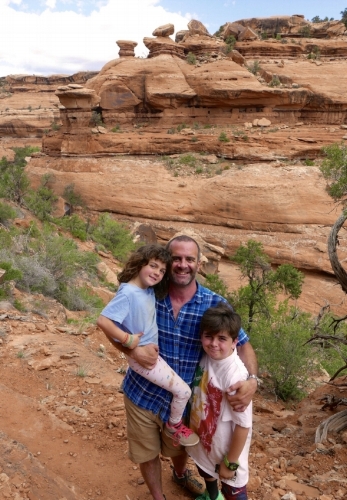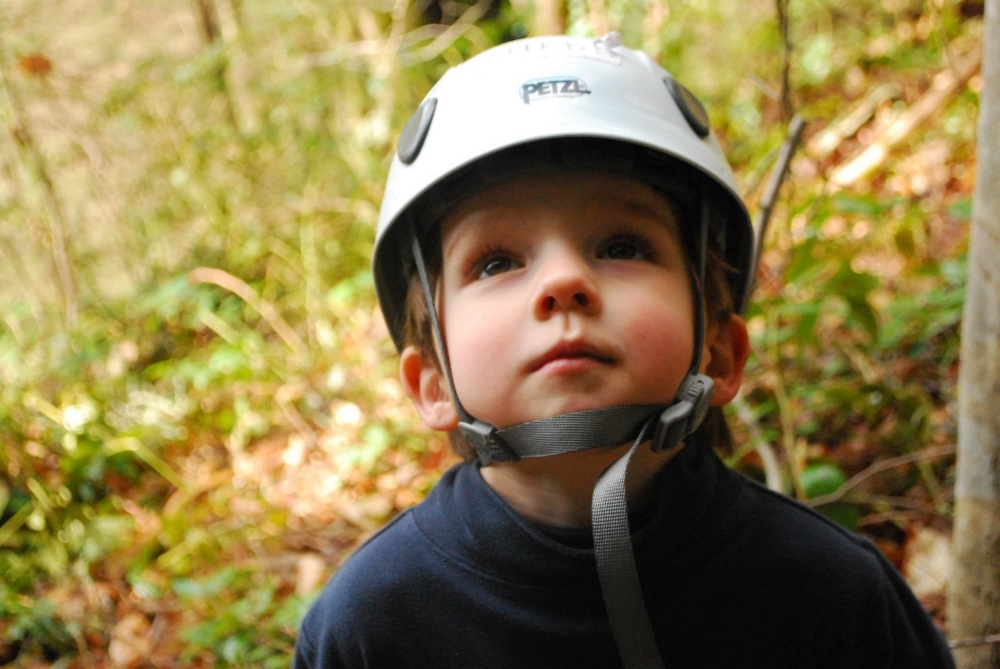June 18, 2019, Golden, CO—The AAC and Access Fund (AF) are making another big ascent of Capitol Hill on September 18– 20, 2019 to discuss policy issues that impact the climbing community with those who hold the keys to our public lands. “Climb the Hill” event participants will receive training in Justice, Equity, Diversity, and Inclusion (JEDI) as they prepare to present a comprehensive and equitable narrative around access to our climbing areas. They will speak to lawmakers about how public lands issues impact not just climbers, but all people and communities.
“We head to D.C. this fall to continue the discussion with our elected officials to let them know that we want our public lands to be protected, and that the ‘we’ includes women, POC, adaptive, indigenous and queer climbers,” says Shelma Jun, Flash Foxy founder and AF board member. Together, the climbing community will also advocate for reforms to energy development and leasing, improvement of recreation access, the protection of recreation and conservation land designations, and action on climate change.
The two organizations are tapping a wide delegation of renowned professional climbers and advocates including Alex Honnold, Tommy Caldwell, Conrad Anker, Majka Burhardt, and leaders from Brown Girls Climb, Brothers of Climbing, Flash Foxy, Adaptive Climbing Group, Latino Outdoors, Natives Outdoors, American Mountain Guide Association, The Mountaineers, and many other local climbing organizations and companies.
“I am excited to attend Climb the Hill because I believe the nation’s public lands are best protected by a diverse representation. As a rock climber, a woman of color, and advocate, it's important to me to steward public lands because they have such a positive effect in my life and I want to pay it forward. Supporting, protecting, and addressing issues our public lands affects all communities and I am looking forward to attending this year and speak on behalf of Latino Outdoors, Access Fund, and American Alpine Club,” says Maricela Rosales of Latino Outdoors.
“Public lands are a much bigger issue right now than they have been in the past… protecting our public lands is a very easy way to minimize our harm, because when you open up public lands to exploitation, that is now no longer a pristine, wild place. You can’t take your grandkids there someday, because there’s a freaking open coal mine or something. I just went down a dark path, and now I’m sad,” said Alex Honnold in an interview with ROAM at last year’s AAC Annual Benefit dinner.
Together, these groups will tackle important issues and hopefully, keep Honnold and the rest of us from being sad. If you've got some policy chops or a background in JEDI issues, we could use you in D.C. With strong voices and a stubborn inability to surrender our public lands, we won't give up on the beautiful, wild places in which we find sanctuary. If you’re interested in participating, you can apply here. We look forward to hearing from you!
Learn more about Climb the Hill: www.climbthehill.org
























